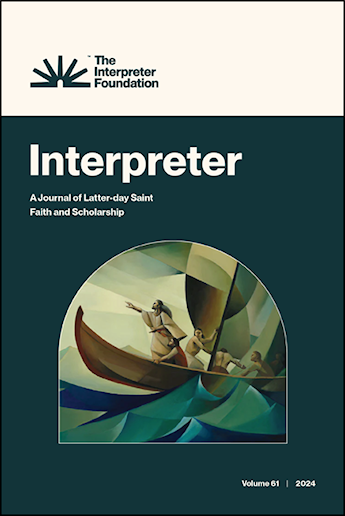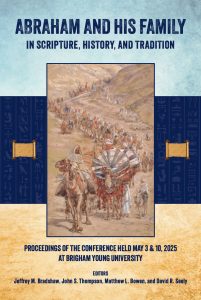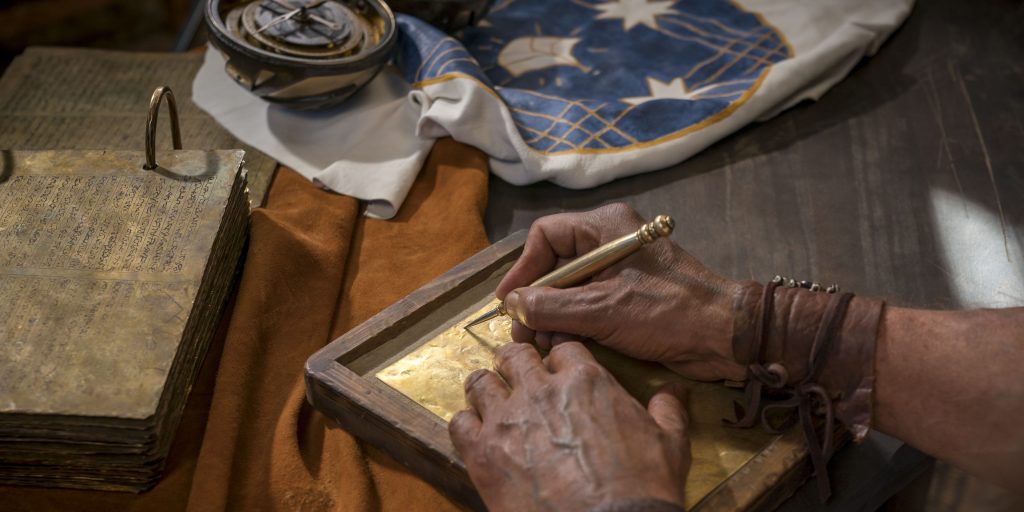[Page 1]Note from the editors: In remembrance of the Easter celebration of Jesus’ victory over death, we are pleased to offer this specially written contribution from Mitt Romney.
Three streams of gratitude for Jesus have arisen during my lifetime. The first crested when as a child, fearing polio or tornadoes or intruders, I learned that “Jesus loves me.” Not only did “the Bible tell me so,” but also my mother and my Bishop. I felt Jesus looking down on me, protecting me, caring for me, answering my prayers. As life progressed, I came to learn that Jesus would not always intervene to shield me from the trials and travails of life, but I knew that He loved me and cared.
As a young man, it was the felicity of His gospel that grew in my heart. I was poised to make choices that would determine my mortal happiness. He had taught that love, family, friends, and service were the real currency of joy. With faith in that gospel, I married, raised children, nourished friendships, and endeavored to serve. And so the wealth in my heart grew beyond my imagining.
Now, approaching my autumn years, it is His victory over death that most captivates me. For sixty or so years of Easter Sundays, I have sung “He is Risen,” but for most of those years, I somehow felt that there was no real end in sight to my earth-bound life. Now, however, His condescension to live in mortality, to carry my sins, and then to rise to immortality is no longer just a chapter of doctrine, it is a gift of such magnitude that I cannot find sufficient words to express my gratitude. From the dark of never-ending nothingness, of eternal blindness, and of infinite absence from my family, He opens my eyes, my mind, and my heart. That He rose from the dead is His greatest gift of all.



 Welcome to Interpreter: A Journal of Latter-day Saint Faith and Scholarship, the peer-reviewed journal of The Interpreter Foundation, a nonprofit, independent, educational organization focused on the scriptures of The Church of Jesus Christ of Latter-day Saints. Non-print versions of our journal are available free of charge, with our goal to increase understanding of scripture. Our latest papers can be found below.
Welcome to Interpreter: A Journal of Latter-day Saint Faith and Scholarship, the peer-reviewed journal of The Interpreter Foundation, a nonprofit, independent, educational organization focused on the scriptures of The Church of Jesus Christ of Latter-day Saints. Non-print versions of our journal are available free of charge, with our goal to increase understanding of scripture. Our latest papers can be found below. 
 Conference Proceedings are now available
Conference Proceedings are now available